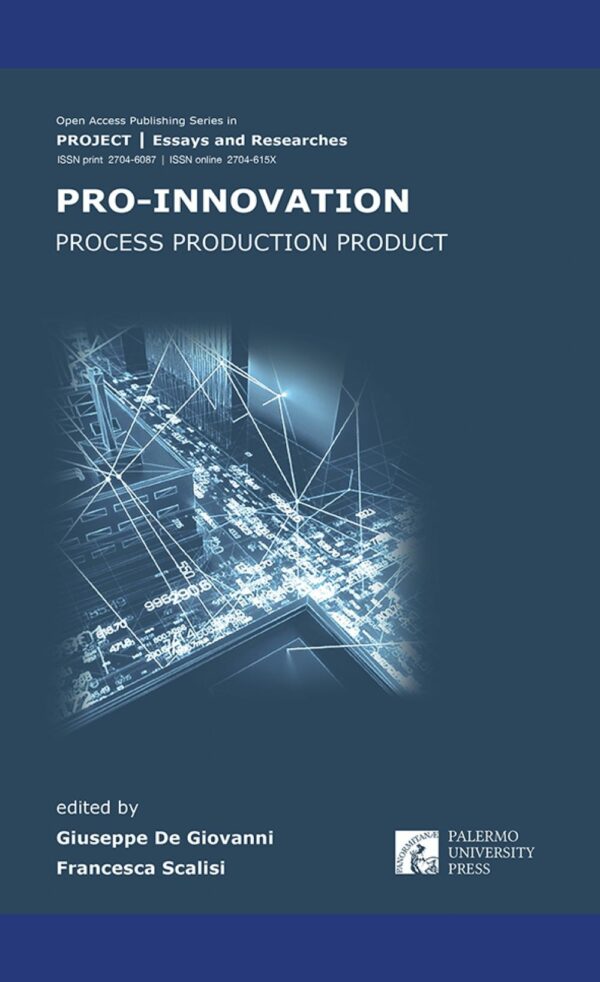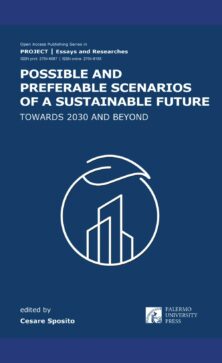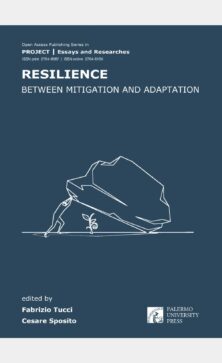
Pro-innovation
Cartaceo 40,00€ - Digitale 0,00€
The beginning of the third millennium has marked a period of unprecedented change for cities, architecture and product/visual design. Over the last two decades, economic, social and environmental causes have stimulated and conditioned research and production, directing them towards substantial paradigm changes, proposing new challenges to create more smart, more resilient, more responsive and adaptive, more efficient and more sustainable urban systems, buildings and objects – from nearly Zero Energy Buildings (nZEB) to Positive Energy Architecture (PEA) – designed and built faster, with lower costs and with a positive effect on the environment, society, health and productivity: more innovative, in a nutshell. It is a common knowledge that innovation is, now more than ever, the tool needed to recover from the global economic crisis, to aim for economic prosperity and quality of life improvement, to increase productivity, to foster competitiveness, to support the challenge of globalization and environmental sustainability, both at an ‘incremental’ level (improvement of an already existing production process) and ‘radical’ (to create a new unmatched method or production system).
In this regard, the book ‘Pro-Innovation: Process Production Product’ collects essays and critical thoughts, researches and experimentations on the subject of Innovation in the building and design industry, which can provide some starting points for debate for the international scientific Community or show successful examples of innovation, sustainability and social inclusion. The papers are grouped into two sections (Architecture and Design) according to the scientific field they are referred to, and provide a summary – obviously not exhaustive – of the Innovation that is characterizing the beginning of this century, presenting many proposals and new points of view of the process, of its management and of the building production that indicate new paths to thread and new professionals.
Giuseppe De Giovanni, Architect and Full Professor of Building Construction at the Department of Architecture in Palermo (Italy), he is the Scientific Director of Agathón | International Journal of Architecture Art and Design, member of the Scientific Committee of the EdA Series | Examples of Architecture, member of the Italian Society of Architectural Technology, Chair of the Scientific Committee of INSA (National Sustainable Architecture Institute), Chair of DEMETRA Ce.Ri.Med. He carries out researches on transformation of the traditional approach and the study of technology, of traditional and innovative materials; temporary architecture and its many applications in the field of emergency, health and ‘pleasure’; technological and domestic design of homes for elderly people with neurodegenerative diseases; design of products for the Design for All.
Francesca Scalisi, Architect and PhD, she is the co-founder and Research Manager at DEMETRA Ce.Ri.Med. (Euro-Mediterranean Documentation and Research Center), Palermo (Italy) She is a member of the Editorial Board of Agathón | International Journal of Architecture Art and Design; she is a member in several International Steering Committee as well as a Reviewer for various scientific Magazines. She carried out research on Green Materials, Innovative Materials for Architecture, Nanomaterials, Energy Saving in Buildings. Her main Research Projects are ‘Natural and artificial innovative materials for architecture’, ‘Nanotechnologies for unfired clay bricks (tradition, innovation and sustainability)’, ‘Recovery and conservation of Architectural Heritage using nanostructured materials and innovative technologies’.
| Tipologia | Cartaceo, PDF |
|---|---|
| Autore | Francesca Scalisi, Giuseppe De Giovanni |
| Data di pubblicazione | Agosto 2019 |
| Editore | PUP |
| ISBN | 978-88-5509-052-0, 978-88-5509-055-1 |
| Pagine | 282 |





